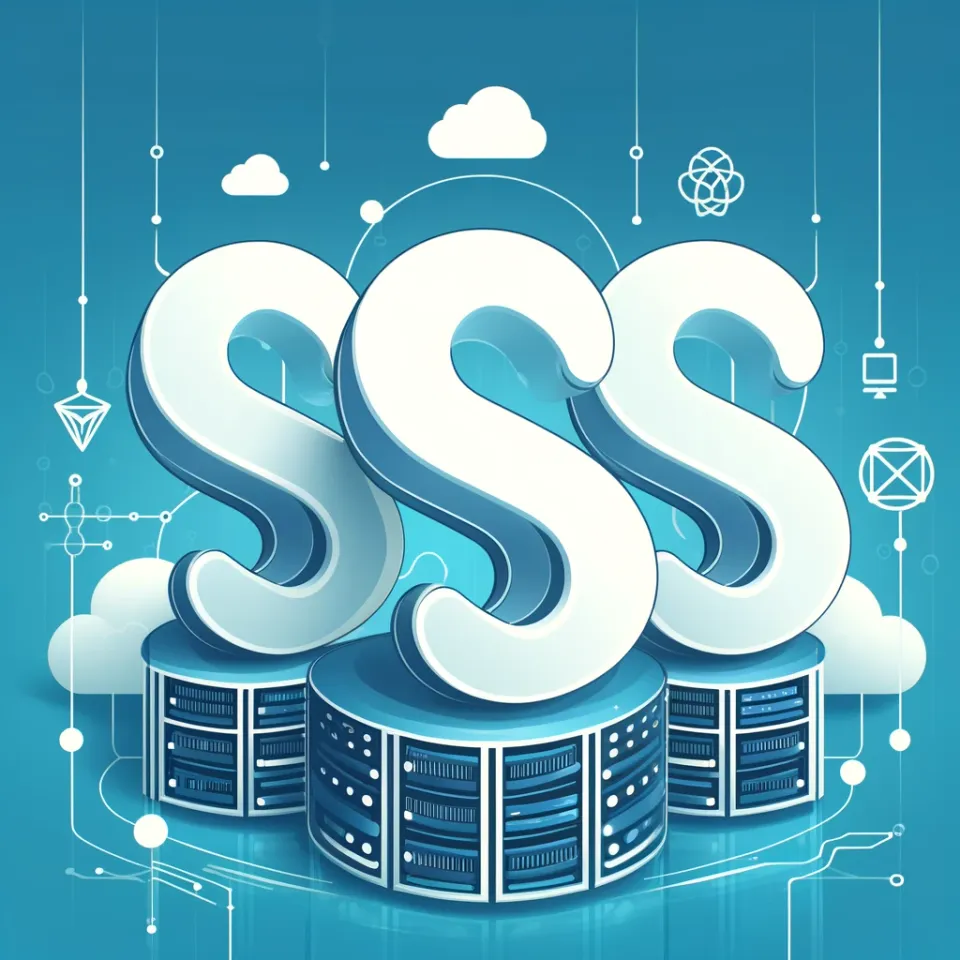Updates - Cloudflare 4Q22

Summary
- The NET thesis recap >>> further thoughts on them becoming the first viable alternative to the hyperscalers amid the growing usage of multiclouds environments.
- We take a look at the 4Q22 ER and discuss its enterprise traction and cybersecurity challenges.
- Additionally, we discuss NET benefitting from AI trends, the Palantir Partnership, and the potential of its Area 1 acquisition for the email security and Zero Trust market.
- Lastly, we review the valuation considerations and share the DCF model.
NET Strategy Recap
In its infancy, NET started out accelerating the performance of websites (with its CDN services). They aggressively added more PoPs to their network, to the point whereby they had the capacity to also protect websites from DDoS (Distributed Denial of Service) attacks. The key innovation behind NET’s ability to expand its network so rapidly, is its software-defined approach atop commodity hardware. In essence, this enabled NET to avoid the expensive hardware typically installed in the latest data centre builds, so they could buy more servers faster.
Just prior to the COVID-19 pandemic, NET expanded from protecting and accelerating the performance of organisations’ assets facing the Internet, to also offering networking and security for organisations’ employee-related traffic. This is encompassed by NET’s Cloudflare One platform, which includes networking services such as SD-WAN and a global WAN, as well as security services such as those included in SSE (SWG – securing outbound Internet connections; ZTNA – securing user-to-internal resource connections; and CASB – securing user-to-SaaS resource connections).
After having built a dense global network, NET decided to use its PoPs to provide IaaS for developers, known as Cloudflare Workers. This was to capitalise on the edge compute trend whereby developers wanted to have their applications respond to user requests with closer proximity in order to improve performance and end user experience. Today, Cloudflare Workers has over one million developers building applications on the serverless compute platform.
The most recent strategic move has been NET accompanying its Workers platform with durable object storage, known as R2. Now developers can use Cloudflare to host their applications and store the data associated with their applications.
R2 is really the final piece of the puzzle for NET becoming a viable alternative to the hyperscalers, and even becoming the supercloud that encompasses the major public clouds. To understand why, one needs to consider the role of AWS’ S3 and the increasing usage of multicloud operations. Most enterprises will use S3 as their main storage facility, but as their applications are hosted in a distributed manner across multiple clouds, they have expensive egress fees associated with moving data out of S3. And these high costs occur whether the data is transferred to another cloud provider, or even to another zone within AWS.
NET’s R2 doesn’t charge egress fees. So, in essence DevOps teams could use R2 as a neutral object storage facility, whereby applications hosted across their multicloud infrastructure can call for data from R2 and they won’t be charged the exorbitant egress fees. However, as Cloudflare Workers and R2 mature with a commensurate increase in the number of supporting IaaS/PaaS/SaaS services, it is plausible that DevOps teams can build, deploy, and operate applications and associated data all within Cloudflare’s network. The cool thing, however, is that R2 is S3 compatible, which is an important stepping stone because developers can initially use R2 as a supporting object storage to reduce costs on selected workloads. Over time, when they experience the better ROI, it is plausible that they will gradually shift more and more of their DevOps to Cloudflare.




